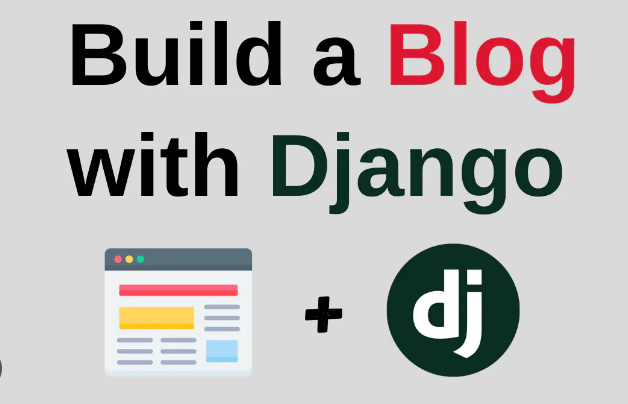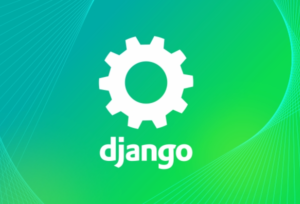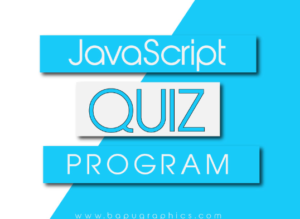Title: Building a Blogging Platform with Django
Introduction:
Django, a powerful Python web framework, provides an excellent foundation for building feature-rich and scalable blogging platforms. In this article, we will explore the process of building a blogging platform using Django, covering the essential features required for a robust blogging application.
- Setting Up the Django Project:
- Installing Django and creating a new Django project
- Configuring the project settings and database connection
- Creating a virtual environment for isolating dependencies
- Designing the Database Schema:
- Identifying the entities and relationships for a blogging platform
- Creating Django models for posts, categories, tags, and user profiles
- Defining relationships and implementing database migrations
- Building User Authentication:
- Implementing user registration, login, and logout functionality
- Utilizing Django’s built-in authentication system and forms
- Adding password reset and email verification features
- Creating Blog Post Management:
- Implementing CRUD (Create, Read, Update, Delete) operations for blog posts
- Designing Django views and templates for post creation and editing
- Allowing users to publish, draft, and manage their blog posts
- Implementing Commenting Functionality:
- Enabling users to comment on blog posts
- Implementing comment forms and handling form submissions
- Managing comment moderation and spam prevention
- Adding Categories and Tags:
- Creating a category model and allowing categorization of blog posts
- Implementing tag functionality for organizing and searching posts
- Enabling users to filter posts by category or tag
- Implementing Search Functionality:
- Integrating search functionality using Django’s built-in search features
- Configuring search indexes and search queries for blog posts
- Implementing search forms and displaying search results
- Building a Responsive User Interface:
- Designing responsive templates using HTML, CSS, and Bootstrap
- Implementing a user-friendly and intuitive UI for reading and navigating blog posts
- Optimizing the user experience for different devices and screen sizes
- Implementing Pagination:
- Managing pagination for blog post lists and search results
- Utilizing Django’s pagination features for efficient page navigation
- Implementing custom pagination templates and controls
- Enabling Social Sharing and Integration:
- Integrating social media sharing buttons for blog posts
- Implementing Open Graph Protocol (OGP) for improved social sharing previews
- Integrating social authentication options (e.g., OAuth) for user convenience
- Optimizing Performance and Security:
- Implementing caching strategies to improve performance
- Securing the blogging platform with appropriate authentication and authorization
- Optimizing database queries and using query optimization techniques
Conclusion:
Building a blogging platform with Django allows you to create a feature-rich and customizable platform for publishing and managing blog content. By following the steps outlined in this article, you can build a robust blogging application with essential features such as user authentication, post management, commenting, categorization, and search functionality. Remember to continuously improve and enhance your blogging platform based on user feedback and industry best practices to create a compelling and engaging blogging experience for your users.




